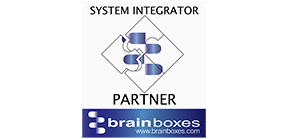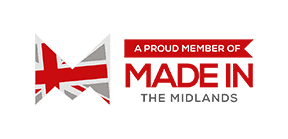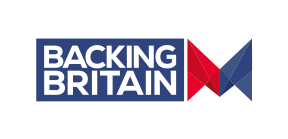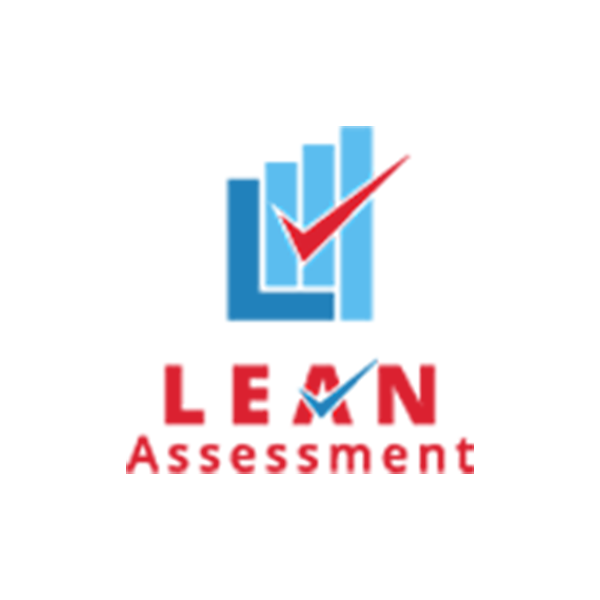Why Dynamic Balanced Scorecards?
- By Brett Griffiths
- Balanced scorecard
- February 14 , 2019
- Share
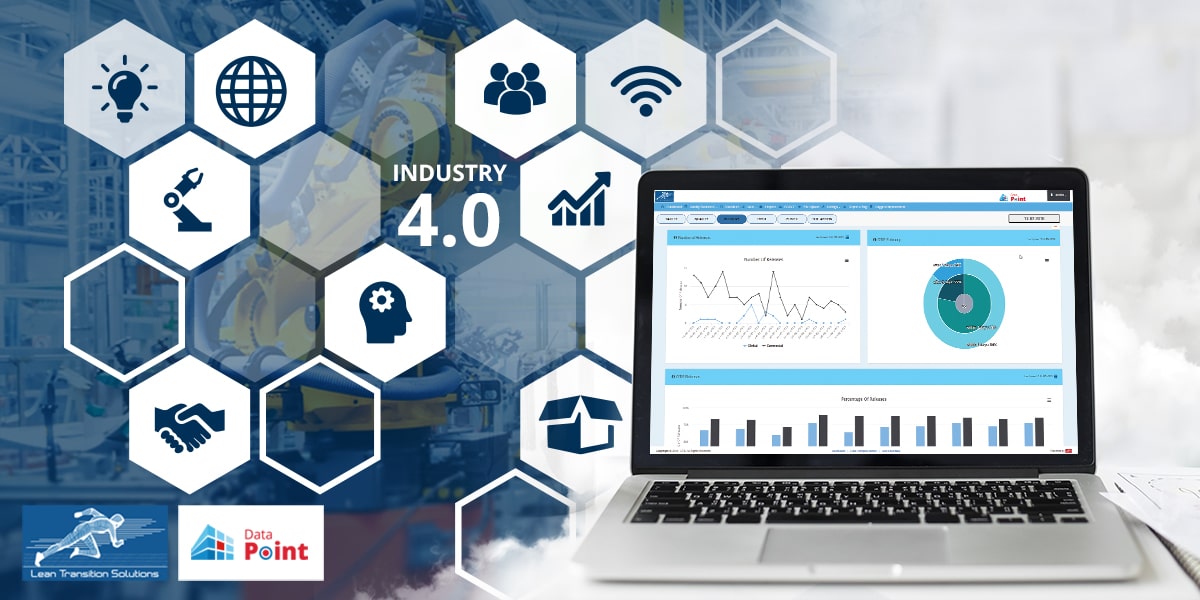 Here I would like to shed light on the importance of using a dynamic balanced scorecard in lean industry 4.0 environment. In many organisations measuring and improving strategic performances is a challenge. In order to improve strategic performance, we can use the Computerised Balanced Scorecard (CBSC) technique. Computerised balanced scorecards help organisations to digitally visualise business key performance indicators such as safety, quality, delivery, cost, inventory, people productivity and many more.
Here I would like to shed light on the importance of using a dynamic balanced scorecard in lean industry 4.0 environment. In many organisations measuring and improving strategic performances is a challenge. In order to improve strategic performance, we can use the Computerised Balanced Scorecard (CBSC) technique. Computerised balanced scorecards help organisations to digitally visualise business key performance indicators such as safety, quality, delivery, cost, inventory, people productivity and many more.
It is a conceptual framework for translating an organisation’s strategic objectives into a set of performance indicators distributed among four perspectives: Financial, Customer, Internal Business Processes, and Learning and Growth. Some indicators are maintained to measure an organisation’s progress toward achieving its vision; other indicators are maintained to measure the long term drivers of success. Through the balanced scorecard, an organisation monitors both its current performance (finance, customer satisfaction, business process results) its efforts to improve processes, motivate, educate employees, and enhance information systems—its ability to learn and improve.Scorecard can be used in product strategies and competitive environments require different scorecards. Business units devise customised scorecards to fit their mission, strategy, technology, and culture. In fact a critical test of a score- card's success is its transparency. The scorecard measures, an observer should be able to see through to the business unit's competitive strategy.
Mainly there are four types of benefits using CBSC in Learn Industry 4.0
- Integration of CBSC with ERP Integration of CBSC with ERP helps in implementing world class manufacturing strategies (WCM) and eliminating deficiencies.
- Financial perspective It helps in Economic Value Added, Generation of Cash Flow, Operating Income, Rapid Sales Growth, Return on Capital employed and Return on Net Asset.
- Customer perspective It helps in Customer satisfaction, Customer retention, new customer acquisition, Customer profitability, Market and account share for the targeted segments.
- Learning and growth perspective The learning and growth perspective identifies infrastructure the organization must build to create long-term growth and improvement.
Need of Scorecard for Industry4.0
For the development of Industry4.0 road map a top down- bottom up approach needs to be used. The core of the roadmap consists of maturity models covering the fields of purchasing, production, intra-logistics, sales and human. The road map includes general Industry 4.0 analysis, a maturity analysis, the determination of the target state, development, and evaluation of measures for each field of action as well as the transfer of the target objectives and measures to a Balance Scorecard.
Dynamic Scorecards in Lean Industry 4.0
Computerised scorecard links areas of the business to deliver improvements, through understanding what is required at a strategic level cascaded down to lower levels in the business. It achieves strategic and tactical goals through operational execution. Dynamic scorecards receive data from organisation’s ERP systems as well as from the other connected system. Since the industry 4.0 is working in a connected system environment dynamic scorecards will use the information from the connected systems to give the better reports for top management. The less human intervention in data input will eliminate the human error so no bias in scorecard data representation.
Start Free Trial
LEAN TRANSITION SOLUTIONS
The Old Vicarage, Pershore Road, Upton Snodsbury, Worcester, Worcestershire, WR7 4NR, United Kingdom.
BLOG
Lean Transition Solution
-
Lean Industry 4.0 Solutions
- TITAN:Computerised Maintenance Management System
- Data Point:Computerised Balanced Scorecard
- Janus: Automated Shop-floor Data Capture System
- T-Card: Integrated Production Planning and Plant Level Execution System
- JDI: Maintenance Automation App
- Maximus: Integrated ERP System
- e-Contractor: Integrated In-house Contractor Management System
- Q-Point: Integrated Quality Management System
- Safety-Point: Integrated Health and Safety Management System
- Lean Assessment: Lean Audit and Assessment System
- Saisho: Lean 5S Audit and Assessment App
- Emergency Response App: To Manage Emergency Situations
-
Leadership 4.0 Solutions
- Your Career Academy(YCA): Learning and Development System
- YCA e-Learning : Management System
- MentorYou(MU): Mentoring App
- Leadership 4.0 : Leadership Transformation Program
- Lean Manufacturing Workshop
- Lean Manufacturing Consulting
- ILM Accredited Green Belt Training and Certification Program
- ILM Accredited Black Belt Training and Certification Program
- Software Development Service
- Resources
- Company
- Contact
